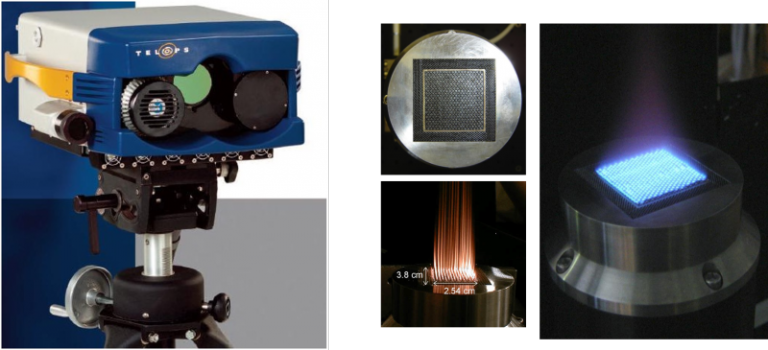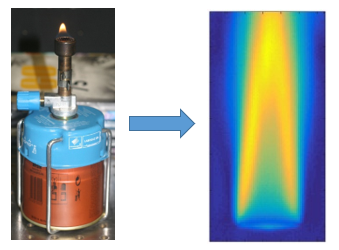EMPRESS: Enhancing process efficiency through improved temperature measurement
The efficiency of high-value manufacturing processes is heavily reliant on accurate, traceable temperature measurement, with some processes requiring reliable control at temperatures up to 2000 °C Current state-of-the-art tools used by industry to measure high temperatures (above 1300 °C) suffer from drift and large measurement uncertainties. EMPRESS project will significantly enhance the efficiency of high-value manufacturing processes by improving temperature measurement capability with new sensors and calibration techniques, and introducing traceability directly into processes.
Funded by EURAMET’s European Metrology Programme for innovation and Research, the project is characterized by trials of the developments in-process at end users’ facilities, to solve documented manufacturing problems in high value manufacturing environments and to introduce in-situ traceability to the International Temperature Scale of 1990 (ITS-90).

Figure 1. Left, TELOPS hyperspectral imaging sensor which uses Fourier Transform Infrared (FTIR) technology
Right, Hencken Burner details.
EURAMET, the European Association of National Metrology Institutes is a metrology-focused European initiative of coordinated R&D that facilitates closer integration of national research initiatives. It is integrated into the framework of the EU research and innovation programmme, Horizon 2020 EMPRESS seeks to unite the efforts of European metrology institutes to universities and research centers. LIR-Infrared LAB participates with the Spanish Metrology Centre (CEM).
LIR-UC3M has an important role, specified in Work Package 4: Traceable combustion temperature measurement. Objective of this WP is to characterize and standardize a portable burner, based on a flat-flame Hencken. There will be an intercomparison of different optical measurement methods. LIR-Infrared LAB will use a Fourier Transform Infrared Spectrometer (FTIR). Furthermore, the temperature of the hot gases produced by burning will also be measured.
As a prelude to the measurements agreed within the project on a portable standard flame system owned by the NPL (UK) the concrete procedure for the retrieval of temperatures and concentrations of combustion gases based on the LIR-UC3M proprietary mid-infrared hyperspectral imaging system was presented at the Tempmeko 2016 symposium (International Symposium on Temperature and Thermal Measurements in Industry and Science).
The event took place in Zakopane, Poland between June 26 and July 1, 2016 and, together with the other Spanish partner of the project – CEM (Centro Español de Metrología) – the first results on a laboratory Bunsen flame were presented in the form of a poster (which can be downloaded at this link). The results in terms of measurement uncertainty are very encouraging and provide robustness to the LIR-UC3M remote hyperspectral method.

Figure 1. Image of the Bunsen flame used in the preliminary measurements of the EMPRESS project.
Left: Photo of the portable burner. Right: Radiance image of Bunsen flame
As a result of the work carried out throughout the project by all the collaborators involved in work package 4 (Traceable combustion temperature measurement), and in compliance with the stipulations of the results dissemination task of said package, a complete article was prepared under the coordination of Gavin Sutton (NPL) for the International Journal of Thermophysics entitled “Validation of Emission Spectroscopy Gas Temperature Measurements Using a Standard Flame Traceable to the International Temperature Scale of 1990 (ITS-90)”. This article describes the characteristics of the portable standard flame system measured by the collaborators, as well as the measurement techniques used and the temperature results obtained on this system.
In November 2020, just one year after its publication, the paper received the first Ared Cezairliyan Award from the aforementioned journal in recognition of its significant contribution to the advancement in the field of thermo-physics. Information about the article (available in open access on the journal’s website) and the award can be found at the following link:
https://www.springer.com/journal/10765/updates/18601310
EURAMET has also echoed the award given to the above-mentioned publication. In the following link you can consult the related news: https://www.euramet.org/?news=40%3A1160

